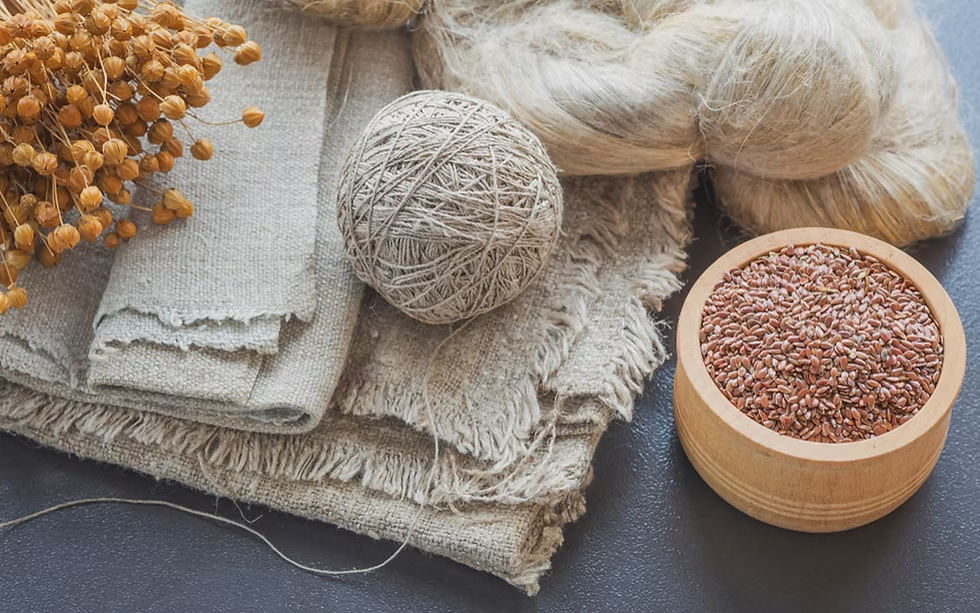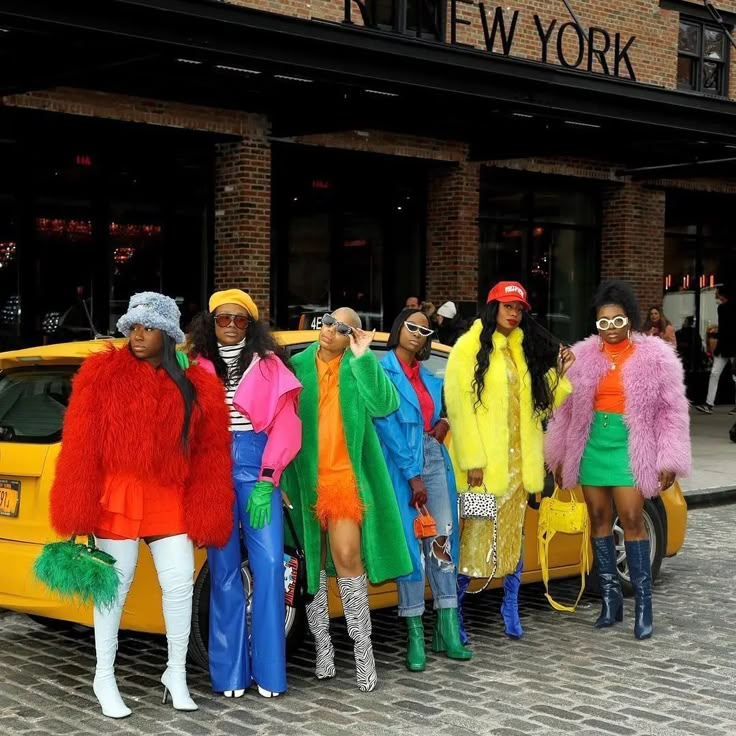In the era of climate awareness and ethical consumption, sustainable fashion has found a powerful ally in plant-based leather alternatives. Materials such as pineapple leaf fibres (Piñatex), mycelium-derived “mushroom leather” (Mylo), apple-waste leather, and cactus leather (like Desserto) are no longer niche curiosities but growing contenders in mainstream fashion. These alternatives aim to deliver the look and feel of traditional leather—durability, texture, artisan craftsmanship—while reducing environmental strain, cutting animal use, and avoiding some of the most problematic chemical and resource-heavy aspects of the conventional leather industry.
But it isn’t just “what” these new materials are—it’s how they are developed, verified, and brought to market that determines their impact. Many plant-based leathers still involve plastic coatings or synthetic binders to improve water resistance or strength, which can undermine biodegradability. There’s also the question of scale: production processes for many of these bio-leathers are still expensive, energy-intensive, or lacking in infrastructure to produce large quantities. To navigate these issues, brands are emphasizing life-cycle assessments, transparency in sourcing, and collaborations with biotech firms to improve durability and reduce environmental trade-offs.
From an E-E-A-T standpoint (Experience, Expertise, Authoritativeness, Trustworthiness), plant-based leathers excel when innovation is paired with rigorous testing and clear evidence. The experience of consumers matters: materials should feel, wear, and age well. Expertise shows when scientists, material engineers, and designers collaborate and share data. Authoritativeness grows when brands publish certifications, lab results, and stand by claims of sustainability. And trustworthiness comes from full disclosure—percentages of plant vs synthetic content, environmental impacts upstream and downstream, and honest communication around durability and end-of-life outcomes. As plant-based leather continues to evolve, its potential is immense: a future where fashion respects animals, ecosystems, and people—without sacrificing style or quality.





